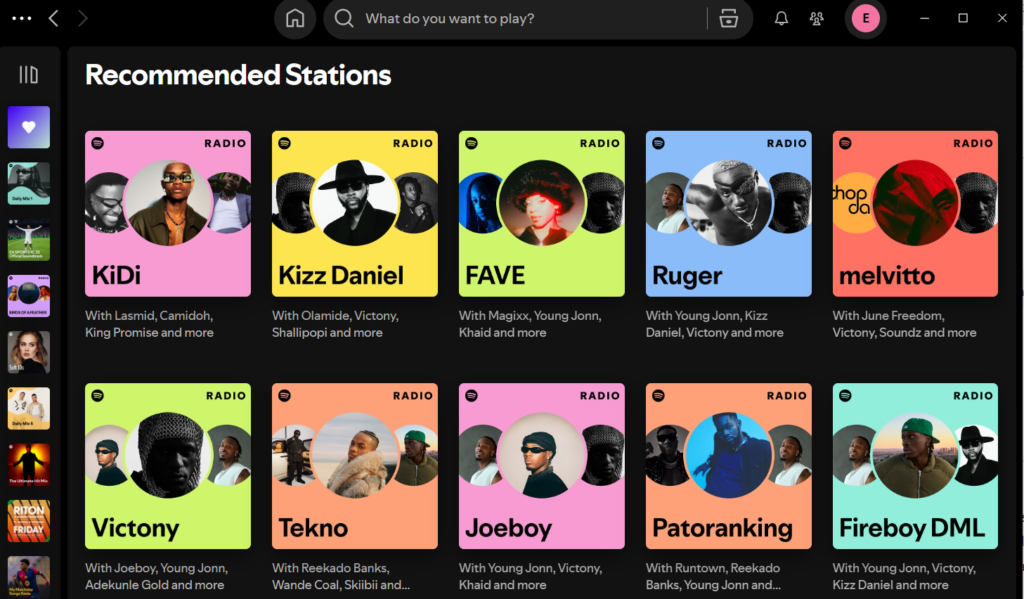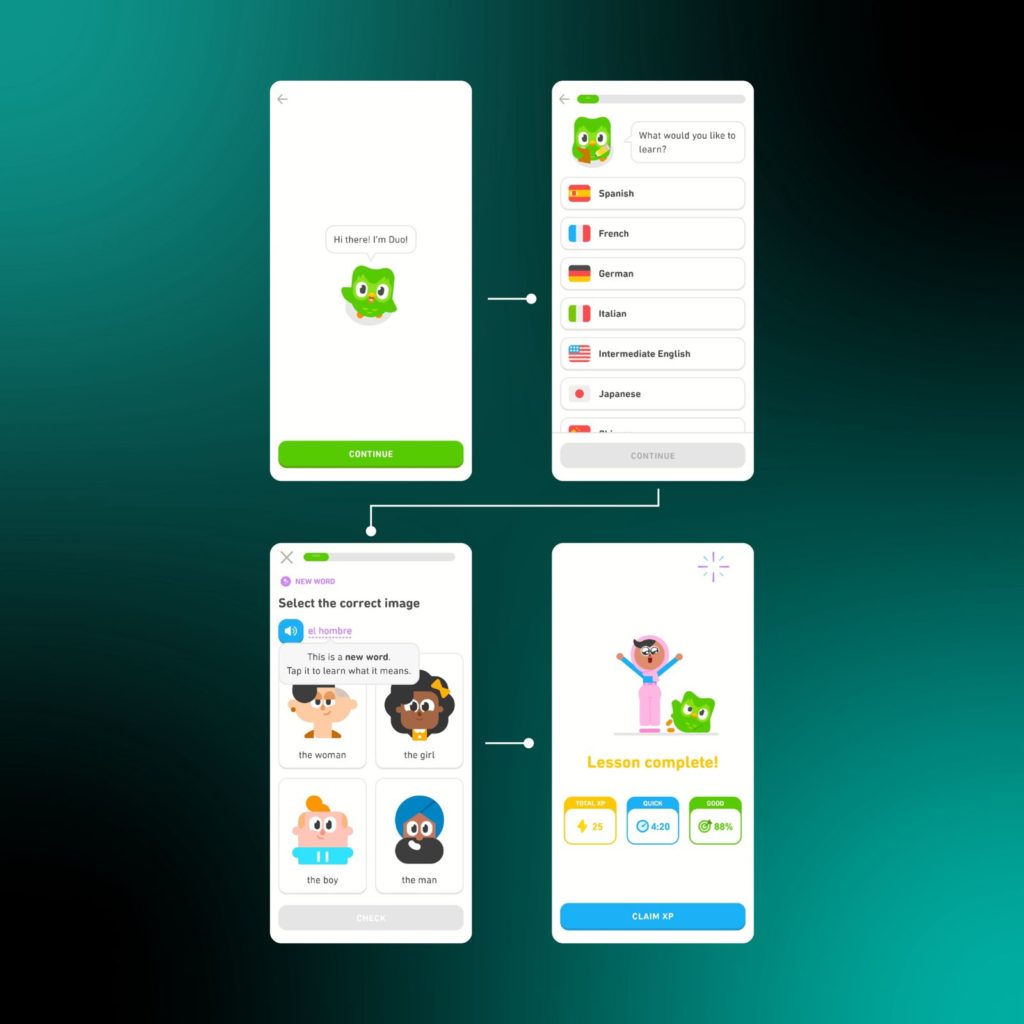Weaving Stories into User Journeys: The Role of Storytelling in UX Design
In the realm of UX, storytelling is more than a narrative technique—it’s a powerful tool that brings user experiences to life, turning interfaces into dynamic, relatable journeys. By integrating storytelling into UX, designers can guide users in ways that feel intuitive, personal, and emotionally engaging. From booking a vacation to learning a new skill or discovering a new artist, storytelling elevates digital experiences and fosters meaningful connections between users and products.
What Is Storytelling in UX?
Storytelling in UX combines narrative techniques with design elements to create user journeys that are not only functional but also emotionally engaging. Instead of focusing solely on the user interface’s technical aspects, storytelling asks a deeper question: How can we shape an experience that feels seamless and purposeful, guiding users through a journey they enjoy?
At its core, storytelling in UX is all about shaping the user’s journey—mapping out their needs, motivations, and pain points. By weaving these insights into the design, you create more meaningful and memorable experiences, making users feel like active participants in a story rather than just operators of a tool.
The Benefits of Storytelling in UX
Storytelling offers several advantages when integrated into UX design:
- Emotional Connection: A well-crafted story creates a bond between users and the product. By embedding narratives that align with users’ personal goals or experiences, designers foster a sense of belonging and loyalty. This emotional connection keeps users coming back.
- Guided User Journeys: Storytelling provides a structured flow, making complex tasks feel more manageable. Users are more likely to complete tasks when they feel guided through a story rather than left to navigate a system without context.
- Engagement and Retention: People are naturally drawn to stories, which makes storytelling a powerful tool to capture and sustain attention. A strong narrative can keep users engaged for longer, reducing bounce rates and increasing satisfaction.
- Simplifies Complexity: When dealing with complex products or services, storytelling breaks down complicated processes into digestible, relatable steps. It helps users feel empowered to use a product, even if it’s their first interaction.
Real- World Examples of Storytelling in UX
- Airbnb: Airbnb’s entire UX is built around the story of human connection and cultural exchange. It turns each booking into an opportunity for exploration and connection. Every listing comes with rich narratives—host stories, guest reviews, and local experiences—which all work together to make each stay feel like more than just accommodation.

Source: [airbnb.com]
- Spotify: Spotify’s “Recommended Stations” feature creates a personal story for each user, highlighting their most-listened-to songs, artists, and genres. This curated collection doesn’t just display data—it taps into users’ evolving tastes and preferences, making them feel a stronger bond with the platform.

Source: [Spotify.com]
- Duolingo: Duolingo integrates storytelling through gamification, transforming the user’s language learning journey into a fun and engaging adventure. The app uses characters, progress-tracking, and challenges to create an ongoing story of personal growth and achievement, making learning feel like an exciting quest rather than a chore.

Duolingo user’s progress [duolingo.com]
How to Integrate Storytelling into UX Design
Integrating storytelling into UX design involves more than just adding a narrative—it’s about creating a cohesive journey that makes the user feel engaged and valued. Here are key ways to incorporate storytelling effectively:
- User-Centered Narratives: Start by understanding the user’s needs, challenges, and goals. Define their pain points and desires, and use these insights to shape the story. The user’s journey should unfold naturally, addressing their concerns and guiding them toward a solution.
- Emotional Engagement: Utilize visual cues, micro-interactions, and microcopy to trigger emotional responses. Whether through humor, empathy, or excitement, emotion drives deeper engagement. Designers can use animations, tone of voice, and design elements that evoke specific feelings to connect with the user on a human level.
- Clear Story Arcs: Like any good narrative, a UX story should have a beginning, middle, and end. The beginning sets the user’s expectations, the middle presents challenges or tasks, and the end provides a satisfying conclusion—whether that’s a completed task, a purchase, or learning something new.
- Visual and Interaction Design: Use design elements that support the narrative. Visual storytelling—through icons, animations, or illustrations—helps reinforce key moments in the user journey. These visuals should align with the overall story you’re telling, guiding users without overwhelming them.
- Consistency Across Touchpoints: Whether users are engaging with your product on mobile, desktop, or tablet, the storytelling should remain consistent. Seamless transitions and cohesive narratives across different touchpoints help ensure the user’s experience feels unified and continuous.
- Interactive Elements: Make the user part of the story by including interactive elements that respond to their actions. From quizzes to progress bars to feedback loops, interaction gives users a sense of control, allowing them to actively participate in the narrative.
Moreover, storytelling helps differentiate your product in a crowded market. In a world full of similar-looking apps and websites, a compelling story is what makes your UX memorable. Users don’t just want functionality—they want to feel something, and storytelling gives them that experience.
Storytelling in UX design goes beyond aesthetics and functionality; it shapes how users perceive and interact with your product. By weaving narratives into digital experiences, you can guide users through journeys that feel intuitive, personalized, and emotionally resonant. Whether it’s crafting a sense of connection like Airbnb, delivering personalized insights like Spotify, or making learning a fun adventure like Duolingo, storytelling transforms user experiences from the mundane into the memorable.
In a competitive digital landscape, storytelling may well be the difference between a product users like and a product they love.

13 comments
buying androxal cheap drugs
August 16, 2025 at 5:46 pmget androxal generic is it safe
order androxal uk over the counter
acheter kamagra en ligne sans approbation dr
August 17, 2025 at 9:27 amsans ordonnance kamagra pharmacie a paris
kamagra échantillons gratuits par la poste sans frais d’expédition
how to buy enclomiphene purchase online safely
August 17, 2025 at 10:28 ambuy cheap enclomiphene new york city
by enclomiphene online for cod
buying dutasteride purchase from canada
August 17, 2025 at 12:43 pmcheap dutasteride generic switzerland
comprar dutasteride en bilbao
order flexeril cyclobenzaprine australia price
August 17, 2025 at 1:06 pmonline order flexeril cyclobenzaprine purchase line
get flexeril cyclobenzaprine price for prescription
generic gabapentin singapore
August 17, 2025 at 1:36 pmbuy cheap gabapentin generic online mastercard
buying gabapentin canada discount
canadian fildena online
August 17, 2025 at 3:06 pmhow to order fildena cheap trusted
buy fildena generic germany
get itraconazole cost at walmart
August 18, 2025 at 2:36 ambuying itraconazole generic drug india
itraconazole drug interactions
buy staxyn price dubai
August 18, 2025 at 3:15 ampurchase staxyn american pharmacy
cheapest buy staxyn cheap now
BUY avodart COD
August 18, 2025 at 3:38 amget avodart cheap online canada
cheap avodart canada internet
buying rifaximin purchase uk
August 18, 2025 at 5:18 amordering rifaximin online without a prescription
buying rifaximin american express canada
ordering xifaxan using mastercard
August 18, 2025 at 5:35 ampurchase xifaxan cheap online in the uk
order xifaxan generic work
kanada lékárna kamagra generické
August 18, 2025 at 9:40 amvytí se dostat kamagra bez prescrtiption
diskontní prodej koupit kamagra
Comments are closed.